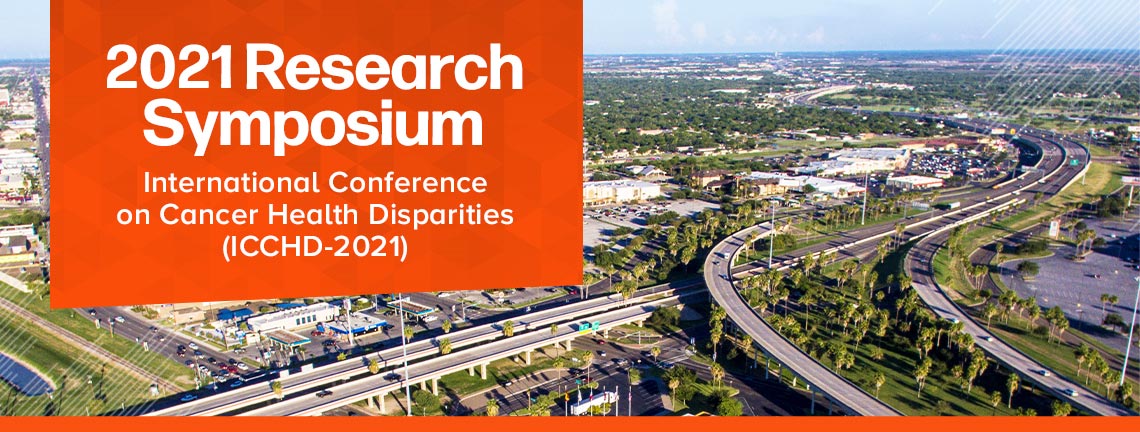
Talks
Presentation Type
Oral Presentation
Discipline Track
Translational Science
Abstract Type
Research/Clinical
Abstract
Background: Multi-organ complications have been the hallmark of severe COVID-19; cardiac injuries were reported in 20% to 30% of hospitalized COVID-19 patients, although the disease etiology remains poorly understood. This study leveraged genome-wide RNA-sequence data generated using induced pluripotent stem cell (iPSC) differentiated cardiomyocytes (CMs) and in vitro modeling of SARS-CoV-2 infection in CMs, to understand the molecular mechanisms of COVID-19 myocardial injuries for novel diagnostic and therapeutic development.
Methods: Raw RNA-sequence data sets, GSE165242 and GSE150392 were aligned to human genome assembly GRCh38 and gene expressions were quantified. Differentially expressed (DE) genes between experimental groups were identified using moderated t-statistics (FDR-corrected p-value ≤ 0.05) and Fold-Change analysis (FC absolute ≥ 2.0).
Results: A total of 2,148 genes were significantly DE between SARS-CoV-2 infected and vehicle treated CMs and showed significant enrichment in cytokine signaling pathways (p-value=4.89E-25) and regulation of heart contraction (p-value=2.51E-19) gene-ontology biological processes. 606 of these DE genes were significantly upregulated during iPSC to CM differentiation. Disease and function annotation analysis of these 606 genes showed significant enrichment and activation of angiogenesis (p-value=4.04E-23; activation Z-score=3.7) and downregulation of heart contraction and related functions (p-value=4.24E-29; activation Z-score=-2.2) in SARS-CoV-2 infected CMs. The upstream regulator analysis identified upregulation of AGT associated proinflammatory genes and significant downregulation of TBX5 and MYOCD transcription factors and their gene networks, suggesting remodeling of CM contractility architecture.
Conclusions: This study identified several AGT associated proinflammatory genes and TBX5 and MYOCD gene networks as potential targets for drug development to address COVID-19 associated cardiac injury.
Recommended Citation
Kumar, Kashish; Kumar, Satish; De Leon, Erica; Curran, Joanne E.; Williams-Blangero, Sarah; and Blangero, John, "Human iPSC derived cardiomyocyte model reveals the transcriptomic bases of COVID-19 associated myocardial injury" (2023). Research Symposium. 23.
https://scholarworks.utrgv.edu/somrs/theme1/track1/23
Included in
Molecular Genetics Commons, Translational Medical Research Commons, Virus Diseases Commons
Human iPSC derived cardiomyocyte model reveals the transcriptomic bases of COVID-19 associated myocardial injury
Background: Multi-organ complications have been the hallmark of severe COVID-19; cardiac injuries were reported in 20% to 30% of hospitalized COVID-19 patients, although the disease etiology remains poorly understood. This study leveraged genome-wide RNA-sequence data generated using induced pluripotent stem cell (iPSC) differentiated cardiomyocytes (CMs) and in vitro modeling of SARS-CoV-2 infection in CMs, to understand the molecular mechanisms of COVID-19 myocardial injuries for novel diagnostic and therapeutic development.
Methods: Raw RNA-sequence data sets, GSE165242 and GSE150392 were aligned to human genome assembly GRCh38 and gene expressions were quantified. Differentially expressed (DE) genes between experimental groups were identified using moderated t-statistics (FDR-corrected p-value ≤ 0.05) and Fold-Change analysis (FC absolute ≥ 2.0).
Results: A total of 2,148 genes were significantly DE between SARS-CoV-2 infected and vehicle treated CMs and showed significant enrichment in cytokine signaling pathways (p-value=4.89E-25) and regulation of heart contraction (p-value=2.51E-19) gene-ontology biological processes. 606 of these DE genes were significantly upregulated during iPSC to CM differentiation. Disease and function annotation analysis of these 606 genes showed significant enrichment and activation of angiogenesis (p-value=4.04E-23; activation Z-score=3.7) and downregulation of heart contraction and related functions (p-value=4.24E-29; activation Z-score=-2.2) in SARS-CoV-2 infected CMs. The upstream regulator analysis identified upregulation of AGT associated proinflammatory genes and significant downregulation of TBX5 and MYOCD transcription factors and their gene networks, suggesting remodeling of CM contractility architecture.
Conclusions: This study identified several AGT associated proinflammatory genes and TBX5 and MYOCD gene networks as potential targets for drug development to address COVID-19 associated cardiac injury.

